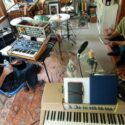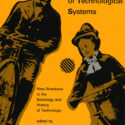Trevor Pinch: a personal and institutional appreciation
The work of Trevor Pinch, though he was never a museum worker, has had, and will continue to have, a deep and enduring influence on science museums. Over perhaps two generations, science museums have been engaged in repurposing collections acquired merely to display technical development so that they can illuminate intimate stories of lives affected by technological and scientific change. This is a consequence of, on the one hand the museums’ turn towards audiences, and on the other of academic accounts of technology that long ago dispensed with simple technological determinism in favour of more socially embedded accounts. Here his work is essential reading.
I think I last met Trevor on the evening of 14 February 2019, on one of his frequent visits to Britain. Whenever he made a return to his native UK, we had been in the habit of meeting up to make plans for collaborations and to chat about mutual enthusiasms. We had been firm friends and colleagues since I first met him at ‘The Sounds of Space’, an extraordinary conference at the Free University, Berlin, organised by Ray Macauley as part of Alexander Geppert’s Future in the Stars project at the end of 2012. A mutual interest in electronic music brought us together, scholar and curator, under the auspices of a big theme in the history of technology. On that occasion, Trevor’s paper was ‘Inner Space and Outer Space: How the Early Electronic Music Synthesizer Took Us There’, published as ‘Space is the Place: The Electronic Sounds of Inner and Outer Space’ (2014) adjacent to my own piece on sound and music in museums. I remember him saying “I’m a Prof now; I can work on whatever I like!” This playfulness and modesty, underplaying his importance within the sociology of science and technology, was typical of him. His approachability meant that he was a great supporter to students and other junior members of the profession, and I saw it on many occasions when he joined in as a participant in conferences, meetings and in dreaming-up future projects. He was present for two of the three workshops in our 2015 Music, Noise and Silence workshop series (see Boon et al, 2017), where – amongst other things – he delivered a provocation on the appeal of unpredictable and malfunctioning electronic music instruments. This drew on his four-decade experience of electronic music, which had started with his home-construction of a synthesiser during his time as a physics student at Imperial College, using schematics from the magazine Wireless World (Orr and Thomas, 1973). He was playing that synth again in the last few years in his band Electric Golem whose name sneakily referenced his ‘Golem’ primers on science, technology and medicine written with Harry Collins (Collins and Pinch, 1993, 1998, 2005). I shared a similar pedigree as I was, within a decade of him, also constructing a modular synthesizer published in a magazine called Practical Electronics. No wonder we hit it off. But it may be that people who work on the history of technology are more inclined than the average scholar to have a technical bent.
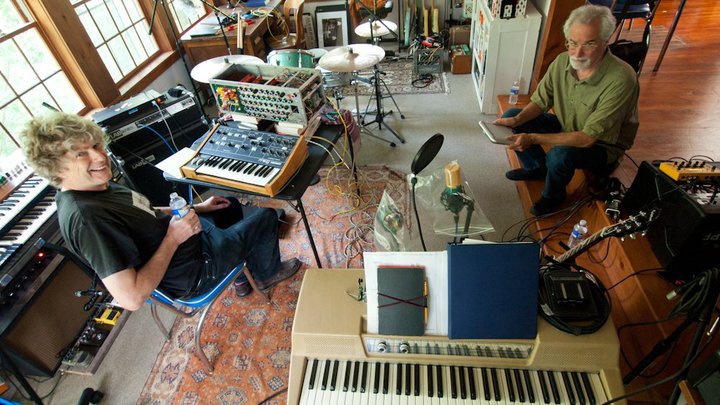
All the same, none of us can compete with Trevor’s influence on social studies of technology. As with Simone Tosoni’s appreciation in this issue, I would draw attention to three particular areas of Trevor’s activity with deep resonance for us in science museums: the social construction of technology (SCOT), histories of use, and sound studies. For many people of my generation working on the social and historical place of technology, The Social Construction of Technological Systems, edited by Trevor with Wiebe Bijker and Thomas Hughes is totemic, with its emphasis on ‘the seamless web of technology and society’ (1987, p 10). It has always amused me that, in their new account of the social construction of technology taking the example of the bicycle, Bijker and Pinch used photographs from the Science Museum, collected to create a technical-developmental sequence, to illustrate their point about the social embeddedness of bicycle designs (Pinch and Bijker, 1987, reprint of ‘Social Studies of Science’ paper from 1984).
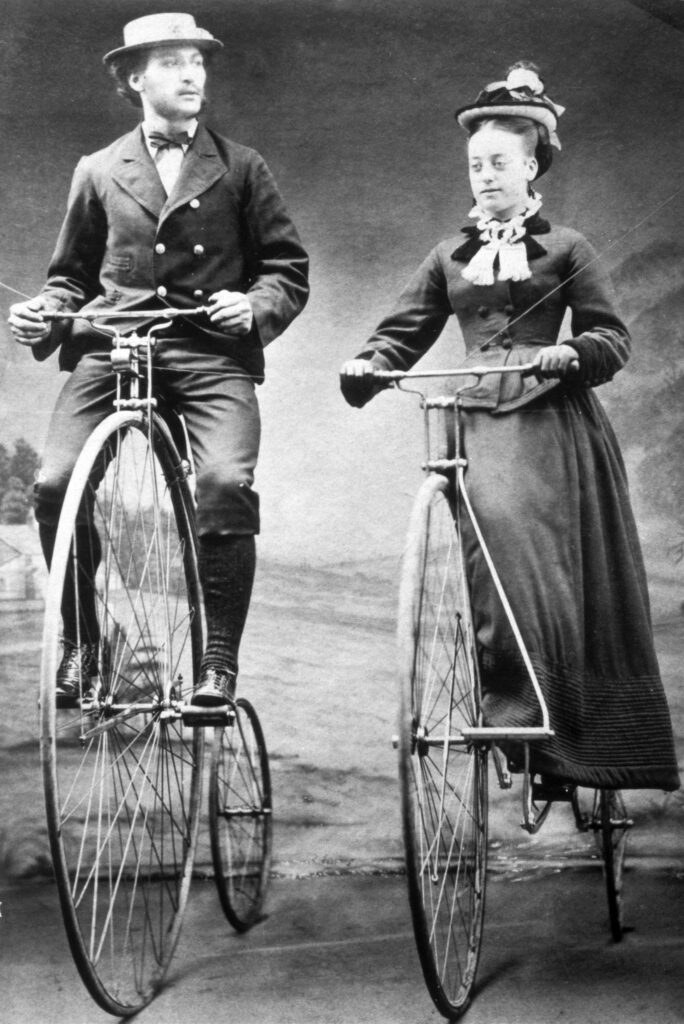
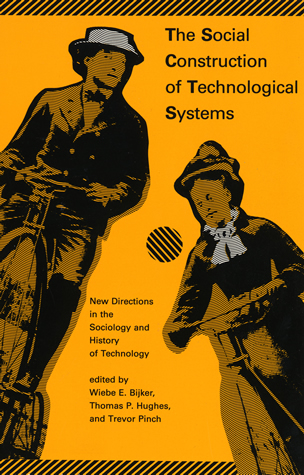
In science museums, we also owe a huge debt to Trevor’s work on histories of use. Here again, he showed his collaborative tendencies in co-editing a key work, How Users Matter, with another scholar, Nelly Oudshoorn (Oudshoorn and Pinch, 2003). As curators have grappled with the repurposing I mentioned of objects acquired to illuminate the inventiveness of their creators to instead reveal how they have been consumed and used, and with what effects, the essays gathered together in this 2003 collection have been a major inspiration. Both here at the Science Museum and at Paris’s Musée National des Arts et Metiers under former director Yves Winkin, this became a substantial research concern that led to two conferences of the Artefacts international consortium of technical museums. These will next year eventuate in Artefacts: Understanding Use, a volume of essays reflecting on how user studies can revolutionise science museum practice.
Many of Trevor’s academic concerns came together with his love of music in his work in sound studies. In 2004, he – along with Karin Bijsterveld – published a key article, ‘Sound Studies: New Technologies and Music’ introducing a special issue of Social Studies of Science that itself resulted from a 2002 conference. This has something of the air of manifesto, excitably sketching out a new interdisciplinary zone; they wrote:
Occasionally we experienced that giddy feeling of seeing how the different parts might fit together – glimpses into the new vista that awaited us. There was agreement that we had stumbled upon a new and rich area, and this collection represents the first tentative advances into the territory (Pinch and Bijsterveld 2004, p 636).
Seven years later they published The Oxford Handbook of Sound Studies with 23 essays devoted to aspects of the field they had initiated, demonstrating that it had become established and substantial. In the meantime, Trevor had published his major work (with Frank Trocco) on Robert Moog, Analog Days (Pinch and Trocco, 2009), which proved profoundly useful in our Oramics to Electronica project in 2011 (Boon and Van der Vaart, 2014). This work in sound studies was again a major inspiration to the work the Science Museum Group has developed over the last decade and a half into how to address sonic issues. These have particularly focused on how to display and interpret objects that are designed to sound in institutions that are overwhelmingly dominated by sight – ocularcentrism as it is known. This influence can be seen in the work of Annie Jamieson, SMG’s sonic curator in Bradford, as well as that of the community of scholars and artists who have been involved in this work, and which has been audible – as well as visible – in a sequence of exhibitions, concerts and, indeed, papers in this journal and more widely. Trevor was a participant and interlocutor for much of this; a supportive referee for research applications and speaker at conferences – including at James Mooney’s 2016 three-day ‘Alternative Histories of Electronic Music’. Trevor’s talk can be seen online here. He was also an online participant in the follow-up ‘Sound Instruments and Sonic Cultures’ conference at the Science and Media Museum in December 2020.
Another near coincidence brought Trevor and me into the same orbit in 2016–18, as we were both awarded Cheney fellowships to work at the University of Leeds, with Trevor invited by James Mooney to develop their mutual work on instrumentality – in conjunction with Annie at our Science and Media Museum. Most unfortunately, Trevor’s cancer was diagnosed shortly before he was due to take up the first of two planned periods in Leeds, and delayed his attendance. It is typical of his determination that he did come to Leeds, and made characteristically apposite contributions, including to ‘Music 625’, the June 2018 conference on music on television I organised as part of my fellowship (see Boon and Venn, 2021). I was struck by how engaged with the subject he was, and how generous in his support for early career scholars.
At the time of his death, we were planning that he would come as a visiting fellow for a few months with us at the Science Museum, exploring the sonic collections and being available to staff and students here with his trademark mix of excitable enthusiasm, insight and kindness. We agreed that it would be a perfect meeting of minds for him to do a public interview with Brian Eno, sometime collaborator with us at the Museum. But it was not to be, and I regret that fact for the sake of those who didn’t get the opportunity to benefit from this uniquely talented scholar, mentor and teacher.


